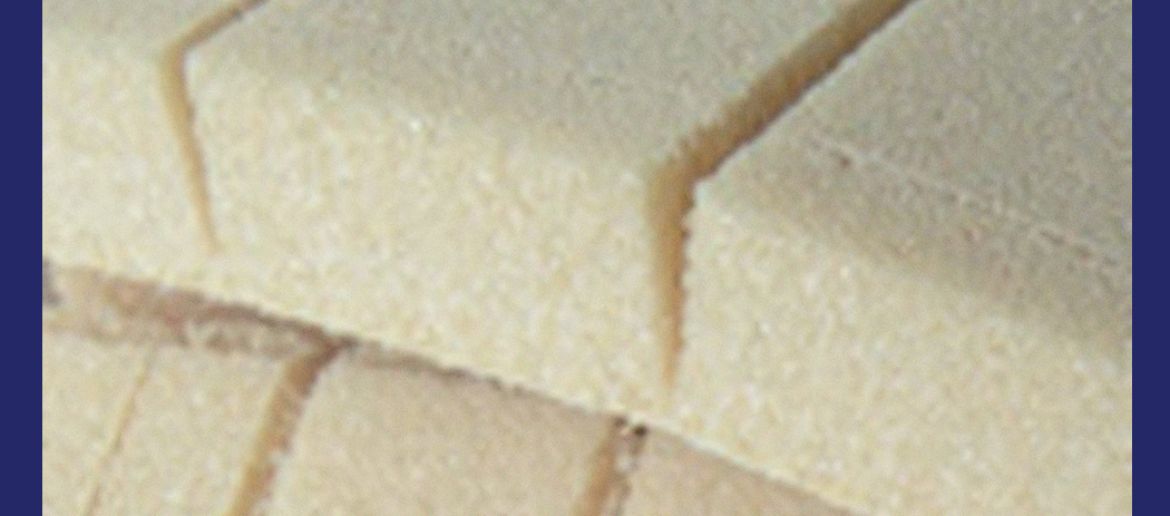
- News
- No comments
Composite sandwich core properties are usually measured with plain core samples. However, in the production environment, cores are often cut, scored and/or drilled to aid the production process. While this may aid production, core cuts also carry a fair amount of weight gain when the kerfs are filled with resin and other problems if they are not filled. So, what does a yacht builder needs to know?
After some findings of tests done with various core cuts to check for quasi–static and dynamic behavior of cut cores, and of various weight gain scenarios, we concluded that the manufacturing process and the core cut style used to fabricate a composite sandwich structure dramatically affect the weight, strength and toughness of the final product. Filled cuts increase the core weight of an infused panel, particularly for curved panels in which there must be more resin used to effectively fill the cuts opened into the curvature. This excessive resin uptake is costly in terms of resin cost and weight, but is accepted by some as a means of speeding the infusion process, and also because in the whole panel, the increased weight of the core is usually offset by a decrease in the infused laminate weight, resulting in a lighter part overall.
The increased resin channels induced by cuts in sandwich core materials also result in a higher quasi-static shear strength than is seen in plain core, but it greatly reduces the shear elongation. Therefore, the more cuts placed on the core, the less tough it becomes. Since it is the increase in resin within the cores that causes them to become more brittle, the use of heavily cut cores, especially deep saw cuts, should be minimized. For curved surfaces, it is recommended that either thermoformed core is used or by minimizing the areas in which cut core is used.
During the life of performance marine craft, some never leave the dock, some see only quasi-static stresses; however some will be taken out to sea and exposed to severe dynamic loading. The materials, especially the core in sandwich construction, need to be tough enough for demanding operations. In order to achieve a strong, tough and light panel, a builder needs to consider the manufacturing process as well as the materials used, keeping in mind that in sandwich construction, plain sheet foam, or as close as one can get to it, gives the lowest weight and highest dynamic performance.
Having a knowledgeable engineer perform all the calculations and managing the construction will ensure the optimum construction materials and method for each vessel.
For more details on the study, Download the full paper.
